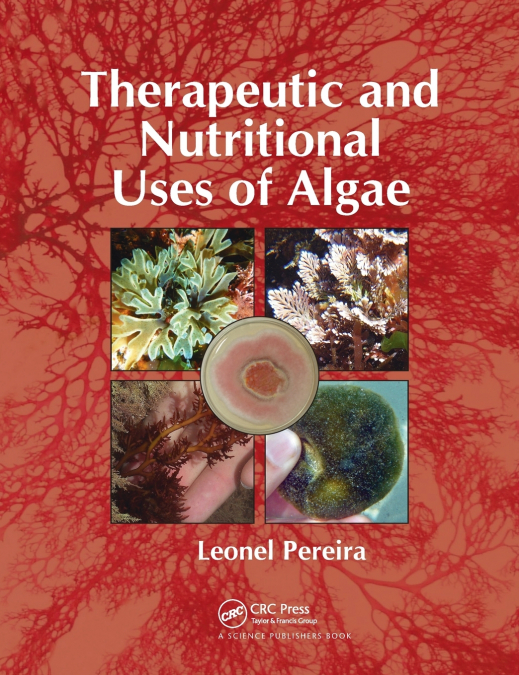
Leonel Pereira
Algae has been used since ancient times as food, fodder, fertilizer and medicine. Nowadays, seaweeds represent an unlimited source of raw materials used in pharmaceutical, food industries, medicine, and cosmetics. They are nutritionally valuable and utilized as ingredients in a wide variety of prepared foods. This book will cover the therapeutic